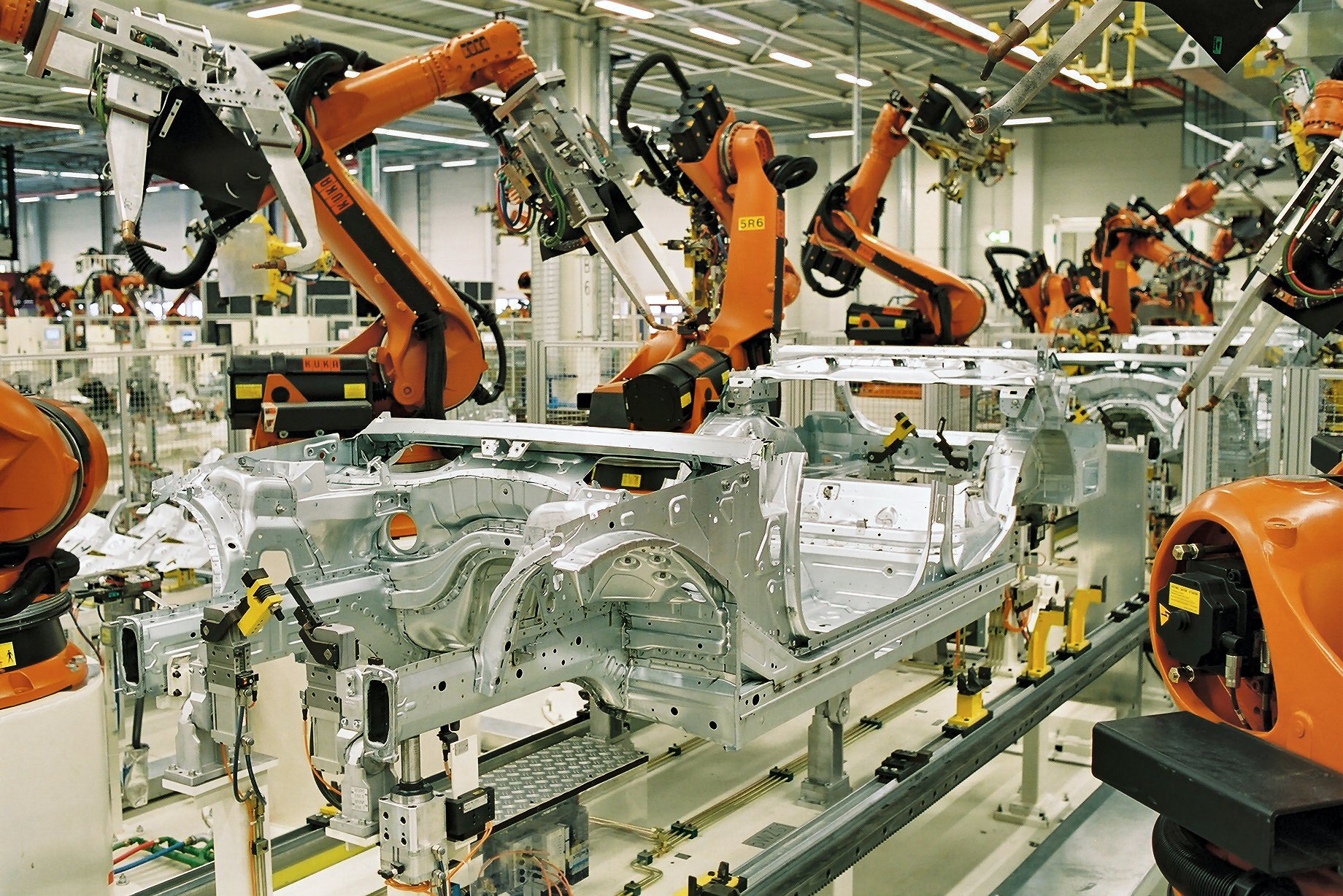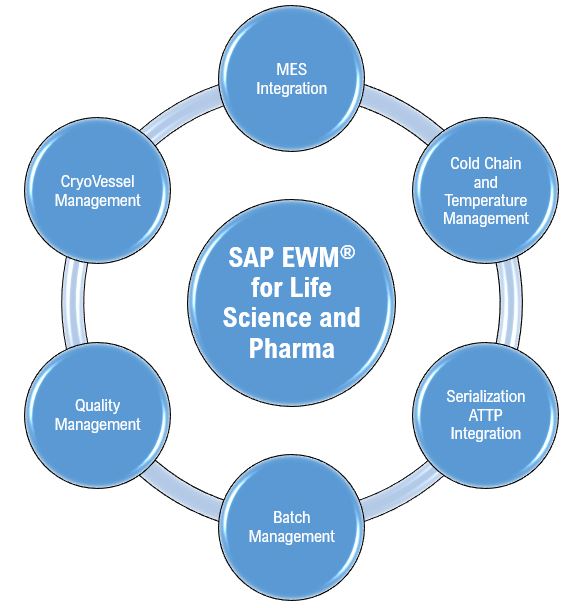Background
The advancement of technology has accelerated the evolution of assistive technology. The modern innovations like haptic wearables, eye trackers, AI-powered smart glasses, sign language interpreters have demonstrated the potential to significantly improve mobility, autonomy, social inclusion and overall quality of life for individuals with disabilities.
What are assistive devices or assistive technology? According to World Health Organization (WHO), Assistive Technology (AT) encompasses assistive products, related systems and services that help maintain or improve overall functioning of an individual. These technologies can address needs related to vision, hearing, communication, mobility, self-care, and cognition. AT is integrated into our daily lives without us recognizing the same. The spectacles we all use is a prime example of an assistive device as it enhances vision. The recent advancements in assistive technology with AI is a game changer. This blog introduces the readers to popular assistive technologies and the recent advancements in this space.
Introduction to Assistive Technology
As per the 2024 statistics published by WHO, 2.5 billion people across the globe need access to AT and is expected to grow to 3.5 billion by year 2050 (WHO, 2024). The physical or low tech AT products range from spectacles to hearing aids, white canes, wheelchairs, prostheses, sound defender headphones and refreshable braille displays. The digital or high tech AT solutions include various software’s and apps ranging from screen readers, speech recognition software’s to augmentative and alternative communication technology. The people who benefit with assistive technology include persons with disability, older people and people facing functional decline and those in the rehabilitation process. AT makes people productive, employable, advances societal integrations resulting in holistic inclusion and independence.

Figure 1 – Images of Popular Assistive Technology
Source: Author
Listed below are the popular AT solutions available for reference. These are part of the fifty items identified in priority assistive products list published by WHO (WHO, 2016).
- Screen Readers (example: – NVDA, JAWS) – Reads aloud screen content to users. Used by blind and low vision people.
- Mobile Apps (example: Be my eyes) – Connect blind people to sighted helpers.
- Large Print/Braille keyboard – Low vision keyboard with large print for low vision users.
- Screen Magnifiers (inbuilt) – Magnifies screen content. Supports low vision users.
- Refreshable braille display – Electro-mechanical devices for dynamic display of braille characters. These are used by deaf-blind and blind users for digital access.
- Captions, sub-titles & transcript – Alternative formats to understand video/audio content.
- Augmentative and alternative communication (AAC) – Alternate communication systems – Beneficial for users with limited speech or verbal skills or limited cognition.
- Adaptive Switches, Head Pointers – Alternate input devices used instead of keyboard and mouse. Used by people with motor disability.
Recent Advancements
The advancement of technology has accelerated innovation in AT space. Integration of AI, IoT and robotics are significantly improving the capabilities and functioning of assistive technologies. These innovations range from personal assistants, smart homes systems, software applications, communication devices, wearables to robots as care givers. Traditional white cane users can make use of AI powered smart glasses and haptic devices for improved assistance and mobility. AI-powered speech-to-text tools and voice assistants are enhancing productivity and independence for users with limited motor capabilities.

Figure 3 – Images of AI powered Assistive Technology
Source: Author
Listed below are some of the key advancements in AT for reference.
- AI enabled screen readers (E.g.: picture smart AI feature of Jaws)
- Mobile apps and software’s providing accessible services (E.g.: Be My AI, Blindsquare, Lazarillo)
- Wearables like smart vision glasses, haptics vests, 3D printed prostheses
- Eye trackers and screen gaze technology enable users to control computers and communication devices with eye movements
- Personal assistants (real time transcripts, text to speech, speech to text)
- Assistive robots, smart homes, autonomous vehicles
For assistive technology to work well, all digital content should be created in compliant to Web Content Accessibility Guidelines (WCAG) from W3C. The Infosys Accessibility Platform uses AI to provide additional capabilities like Alt text generation, creation of transcripts, subtitles and summaries for video and audio formats. The Infosys Accessibility Living Labs offer live demonstration of cutting-edge assistive technologies to improve awareness of challenges and provide space for experiential learning of available solutions. Academic institutions, tech providers and NGOs can set up AT Hubs to improve awareness, experiential learning, R&D, collaboration and networking.
Challenges in AT Adoption
Considering the huge worth and need of assistive technology and its immense possibilities with innovation, the known barriers should be addressed at the earliest to strengthen the adoption of assistive technology. The key challenges identified are provided as below:
- Lack of awareness and access to AT
- Affordability considering the high cost and limited offerings from public sector
- Lack of national assistive technology policies and programs. This prevents innovations from reaching the needy masses
- Existing gaps in research, design and development of AT products
- Limited awareness and process definition on technology transfer
- Fragmented and less mature market
Conclusion
Assistive Technology is a pathway for barrier free world. An early access to right assistive technology offers better opportunities for education, employment and health. Right use of AT promotes autonomy, overcomes physical barriers, improves communication and quality of life. Integrating new age technologies like AI, IoT and robotics to AT has a transformational impact. As technologists, we should be aware and be actively involved in the development and implementation of these groundbreaking assistive technologies. Together, we can build a future where technology empowers everyone.
References
1. Pratt, M. K. (2024). How AI is advancing assistive technology. https://www.techtarget.com/searchenterpriseai/tip/How-AI-is-advancing-assistive-technology
2. WHO. (2016). Priority assistive products list. https://www.who.int/publications/i/item/priority-assistive-products-list
3. WHO. (2024). Assistive technology. https://www.who.int/news-room/fact-sheets/detail/assistive-technology










